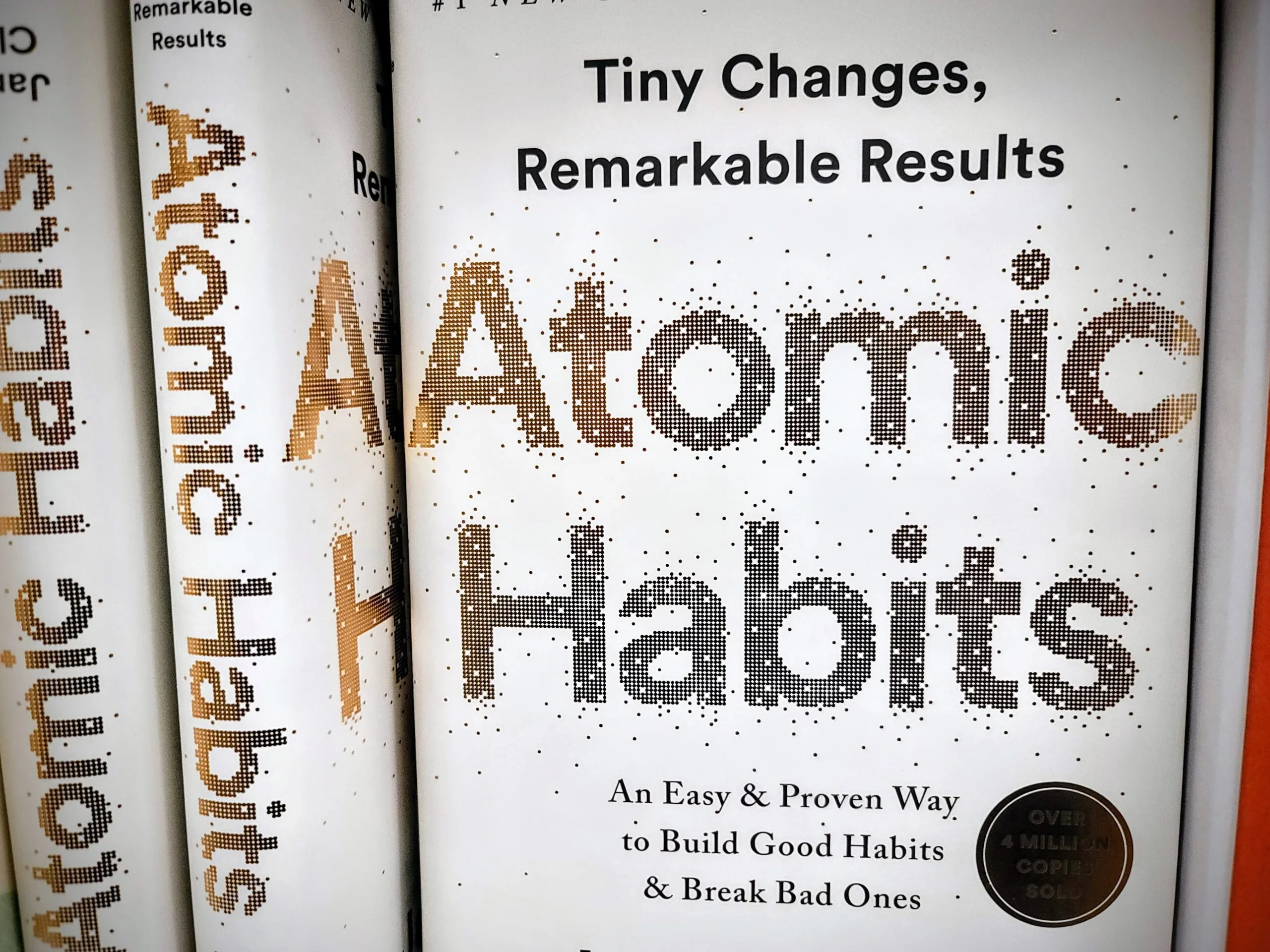Ok, I get it, I’m late. Atomic Habits by James Clear was first published in 2018 and has seen tremendous success, selling over 9 million copies, with 500,000 positive reviews on Good Reads and 94% likes on Google. Even though I’m late to the game, finally completing the book last week, I can’t help but praise the practicality of the lessons I learned. Clear’s actionable advice, motivating stories, and scientific research make Atomic Habits an invaluable resource for those looking to form good habits and break bad ones. Though it’s hard to condense the content of this book into a single post, these were the most impactful lessons I took away from the read.
THE AGGREGATION OF MARGINAL GAINS
The concept of the aggregation of marginal gains is a simple one, yet incredibly powerful. It is the idea that small improvements in many areas of a system can lead to a large overall benefit. This concept has been used in many areas, such as in sports to increase performance, in business to increase efficiency, and in healthcare to improve patient outcomes. By focusing on small gains in many areas, an organization can unlock its potential and achieve greater success. With the right approach, the aggregation of marginal gains can help organizations reach their full potential.
+1%
So many times, we convince ourselves that big improvements/big success, requires big actions. This belief causes us to put crippling pressure on ourselves to make a huge improvement in a short period of time. The real goal, however, should be to make 1% improvements every day. This philosophy is the same one Pat Riley used to turn the under-performing ’86 Laker team, into a championship trophy bearing team just one year later. One percent improvements compound over time resulting in big results.
Often time, the slow pace of change causes us to give up in sticking to good habits, and these 1% improvements don’t seem to matter much in the moment, but this natural tendency is cause by an imperfect understanding of what progress looks like.
One coin doesn’t make a man rich, but if you keep giving a man one coin, eventually you’ll be forced to say that one coin made him rich.
The previous line is a condensed version of Sorites Paradox, a parable highlighting the effect one small action can have when repeated enough times. Breakthrough moments like benching 250 don’t happen quickly, but instead are the result of many previous actions building in their potential for major change. This is the effect of tiny changes, tiny improvements. One tiny change may not make a noticeable difference, but if you do it enough times, at some point you’ll have to admit your life can be transformed by one tiny change.
This lesson has made a huge impact on my view of growth. When you no longer start an action with the expectation of huge improvement, a massive weight is lifted, and you can slowly but surely compound tiny improvement.
THE HABIT LOOP
The habit loop is a term used to describe the cycle of cues, routines, and rewards that make up our everyday habits. Cues are triggers that predict a reward and cause us to crave performing a certain behavior, routines are the behavior itself, and rewards are what we receive after completing the routine. This reward reinforces the behavior and creates a cycle. James further simplifies this cycle by breaking it down into two phases:
- The Problem Phase
- The Solution Phase
He states that all behavior is driven by the desire to solve a problem, where the cue and craving work together to identify a problem and predict the solution, and the response and reward test this prediction, and if the reward is favorable, reinforce the response then next time we face the same cue. For example, your phone buzzes with a new text message (Cue); you want to learn the contents of the message (Craving); you grab your phone and read the text (Response); You satisfy your desire to read the message (Reward). And now the behavior of grabbing your phone is associated with your phone buzzing. The cycle can be pictured like this:

Studies have shown that when all of these components are present, a habit can form quickly and become hardwired in our brains. By understanding the habit loop, we can take control of our habits and make changes that will lead to healthier and more productive lives. This leads us to the heart of Clear’s advice.
THE FOUR LAWS OF BEHAVIOR CHANGE
Once you accept that all your habits are created by the biological functions of the habit loop, you can then take your desired habit (which doesn’t come naturally), and force it to be natural, simply by making it obvious, attractive, easy, and satisfying. These elements stand to create a natural cue, craving, response, and reward cycle, even though you are the one forcing these to be associated with the habit. In essence, you are dangling a carrot in front of your brain all the way around the habit loop until finally, the action is automatic. You can compare the two charts for a clearer picture of what we’re trying to do here.


MAKE IT OBVIOUS
Making the habit obvious, is all about creating a cue for your brain to remember the habit in the first place. We can go back to our phone example. It’s quite likely that you don’t even give the action of picking up your phone after the buzz a second thought. In fact, you may have even fallen victim to the dreaded tactile hallucination known as Phantom Vibration Syndrome (PVS). Our brains are marvelous at picking up on cues that predict rewards without us consciously thinking about it. But, if we want to form a good habit, or break a bad one, we have to make this nonconscious process, a conscious one.
Creating what Clear calls, a habit scorecard, is a simple exercise in jotting down the habits we already have but don’t think about (waking up, checking your phone, washing your face, brushing your teeth, etc.), and grading them on how much benefit they provide to our daily life. Quite simply, is it a good habit or a bad one? This makes us more aware of our behavior. At that point, you can make a plan for implementing your desired habit by setting a cue for it, maybe even making one of your current habits the cue. This is called habit stacking and it works insanely well. Even using a habit as simple as pouring your morning coffee, when given enough conscious thought, can eventually become a nonconscious cue for you to do 20 push-ups. When your environment is set up with obvious cues for good behavior, those behaviors become easy to perform.
MAKE IT ATTRACTIVE
Still, making a habit obvious does not guarantee you will complete the loop. If the habit isn’t attractive, it can be difficult to complete it. The more attractive, the more likely a habit to be formed. Clear now gets into the science of dopamine-driven feedback, which can be reduced to one key point. Dopamine isn’t strictly released when you get a reward, but it spikes at the anticipation of the reward. “It is the anticipation of a reward – not the fulfillment of it – that gets us to take action. The greater the anticipation, the greater the dopamine spike. This is one reason telling people your goals can be the same as handicapping yourself biologically. Telling people about the great things you want to do releases dopamine in a similar manner to actually accomplishing those things. It’s important to remember that, so as to not trick yourself into thinking you achieved something by talking about work, instead of actually working.
Habits are most attractive when we associate them with positive feelings, and unattractive when we associate them with negative feelings. By surrounding yourself with people who have the behaviors you want to have, and stacking the habits you want with the habits you already have and enjoy, you can make those desired habits more attractive to yourself, and keep the loop running.
MAKE IT EASY
Actions become easy over time. So, if you want a behavior to be easy, just to it more often.
DIFFICULTY = BEHAVIOR / TIME
As Clear points out though, our natural inclination is to do whatever is easiest, and doing nothing, is always easier than doing something. If you have a hard time motivating, or staying motivated, it’s very likely the behavior you are trying to make a habit is too difficult. “The more energy required, the less likely it is to occur.” Doing 100 push-ups is hard. It requires a lot of energy that you can likely muster up once or twice. But doing 1 push-up, that’s much easier, and that’s something you can sustain.
This is why it’s so important to have a belief in the aggregation of marginal gains. Doing 1 push up may feel inconsequential, but in reality, doing 1 push-up a day, will eventually compound into 2, then 4, 8, 16, 32, and so on. This compounding behavior, which stays easy as you improve over time, is much better than doing 100 a day and quitting after 3 days because it’s too difficult, too draining, or too intimidating to stay motivated.
Motivation is overrated, and any action you spend a lot of time doing requires very little motivation. They require little motivation, and little effort. Reduce the friction, get rid of the obstacles that make your desired habit difficult. “Create an environment where doing the right thing is as easy as possible…[and the] actions that matter most are also the easiest to do.”
MAKE it Satisfying
This is the big moment. You’ve given your desired behavior a cue, you made it attractive, and you made it so easy, it doesn’t make sense to not repeat it. But will you? If you fail to complete the final step of the habit loop, then the entire thing can fall apart. Remember when we said that the brain predicts rewards? If there is no reward, then the brain is pretty disappointed, and less likely to respond to the cue when it recognizes it again. This rule is so important, Clear calls it the Cardinal Rule of Behavior Change: What is rewarded is repeated. What is punished is avoided.
Add to this the fact that the brain doesn’t crave long-term rewards, it wants immediate rewards. We innately value the present more than the future. This is a problem when forming habits, because bad habits typically provide immediate rewards and long-term punishments, while good habits provide immediate punishments and long-term rewards.
Take working out for example, a good habit. We can exert so much energy, feel the pain and soreness associated with it, and not see results for months are even years. On the other hand, drinking a coke a day, a bad habit, provides us with the immediate rewards of sugar, thirst-quenching, and caffeine. It isn’t until months or years of repeating that habit that we feel the punishment of acne, sluggishness, diabetes, or heart problems.
This makes it especially difficult to maintain a good behavior. “We all want better lives for our future selves. However, when the moment of decision arrives (will we do the push-ups, will we drink water, will we write the next page), instant gratification usually wins.” In reality, you will need to develop a love for delayed gratification if you want your behavior to become a habit. There’s no getting around that. But creating immediate rewards for yourself can keep you excited while the delayed results accumulate in the background (again, we love the aggregation of marginal gains).
You can create rewards that reinforce the identity you are trying to build. Many people reward themselves for working out, but they do it wrong. They have a brownie, or ice cream. But that reward conflicts with the identity they are trying to build of being a healthy person. Instead, if they were to reward themself with a massage, a warm bath, or a spa day, those rewards cast a vote toward the identity of taking care of your body. Tracking your progress can also be rewarding, though that kind of intrinsic reward takes more time to appreciate.
By making good actions satisfying, the brain will remember the reward in the future, and be more likely to repeat the action later.
CONCLUSION
Ultimately, Atomic Habits isn’t just a book about breaking bad habits or forming good ones—it’s a manual for reshaping your life through the power of small, intentional actions. James Clear emphasizes that lasting change doesn’t come from grand, sweeping transformations but from consistently aligning daily behaviors with your long-term values and goals. By mastering the art of habit stacking, creating supportive environments, and embracing identity-based habits, readers can unlock their potential for growth. The real magic of Atomic Habits lies in its practicality—no matter your starting point, the strategies it outlines can guide you toward meaningful improvement, one step at a time. Whether you’re striving for personal, professional, or relational growth, the principles in this book remind us that even the tiniest shifts, repeated over time, can yield extraordinary outcomes. Success is not built overnight but through the daily choices we make—an empowering message for anyone seeking lasting transformation.
The book delivers on every promise it makes and is an easy 10/10 recommendation from me. The real magic of Atomic Habits lies in its practicality—no matter your starting point, the strategies it outlines can guide you toward meaningful improvement, one step at a time. Whether you’re striving for personal, professional, or relational growth, the principles in this book remind us that even the tiniest shifts, repeated over time, can yield extraordinary outcomes. Success is not built overnight but through the daily choices we make—an empowering message for anyone seeking lasting transformation.



